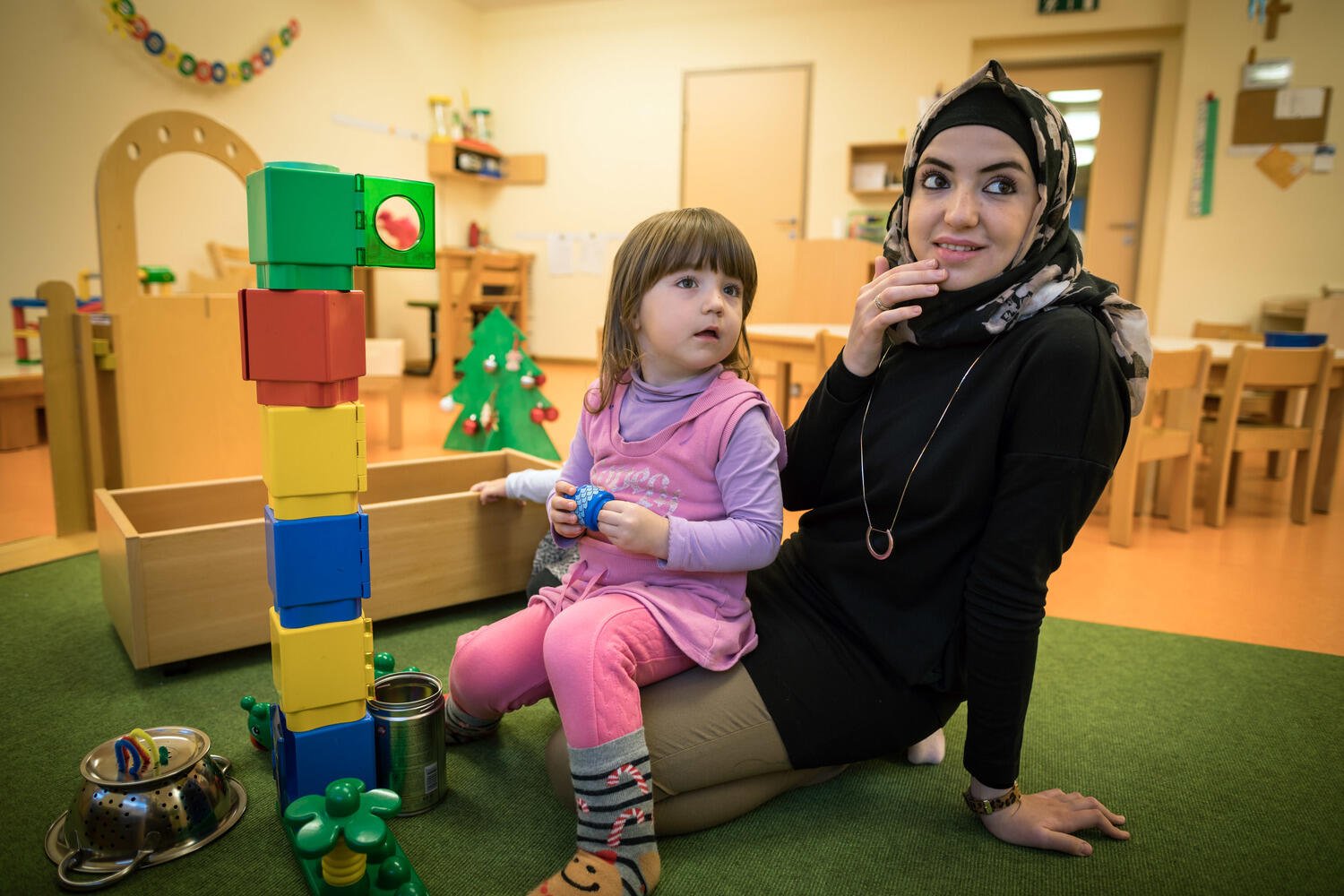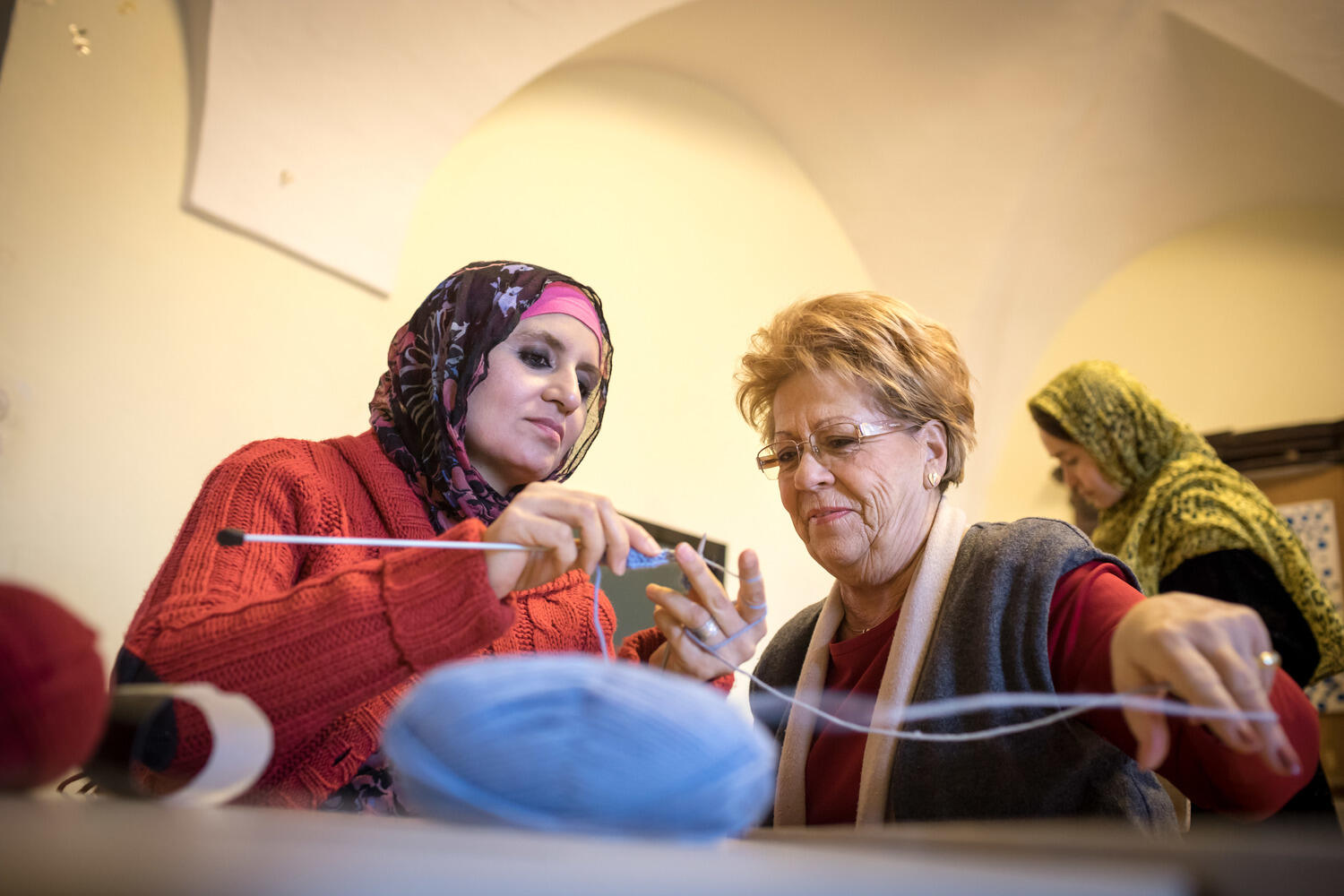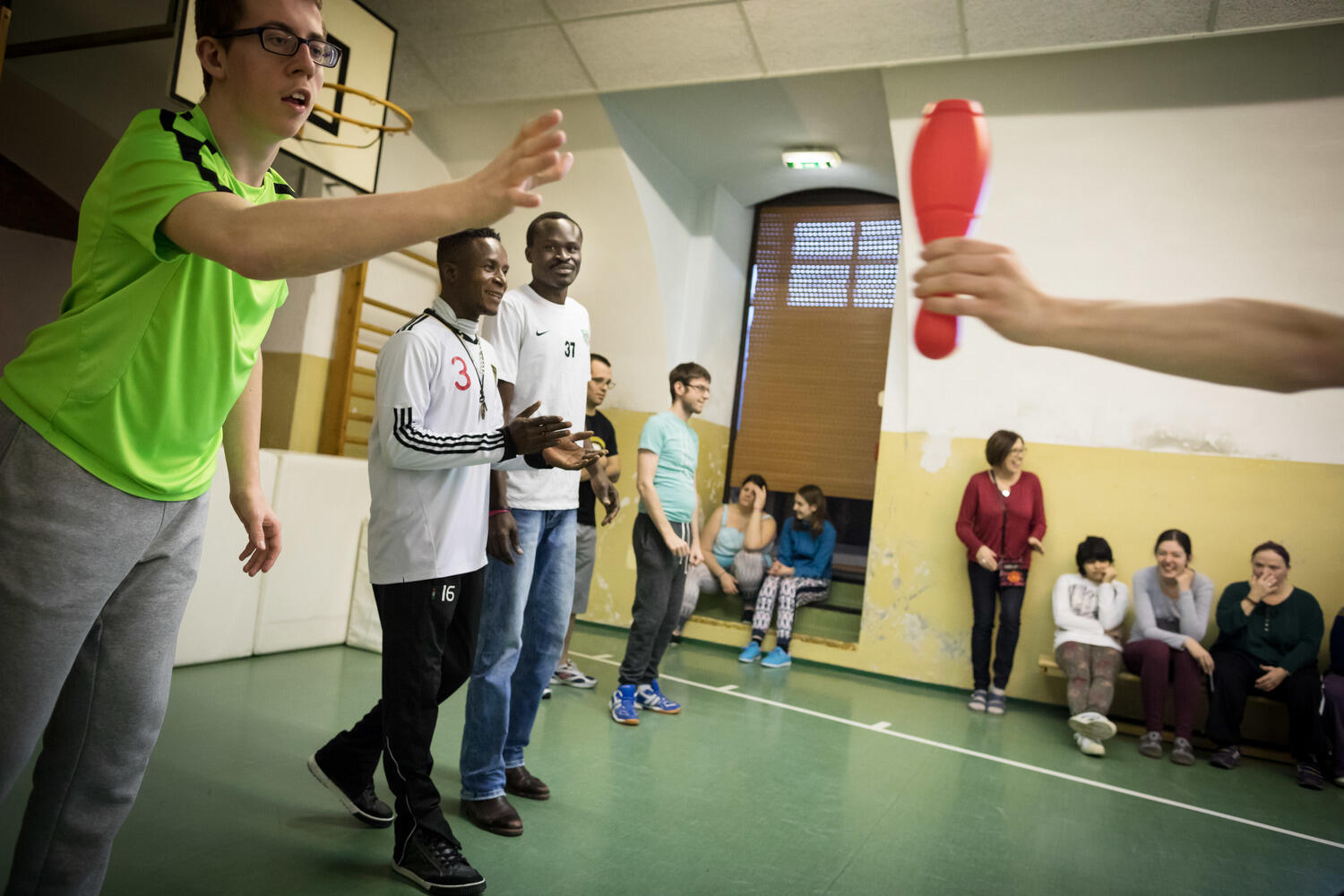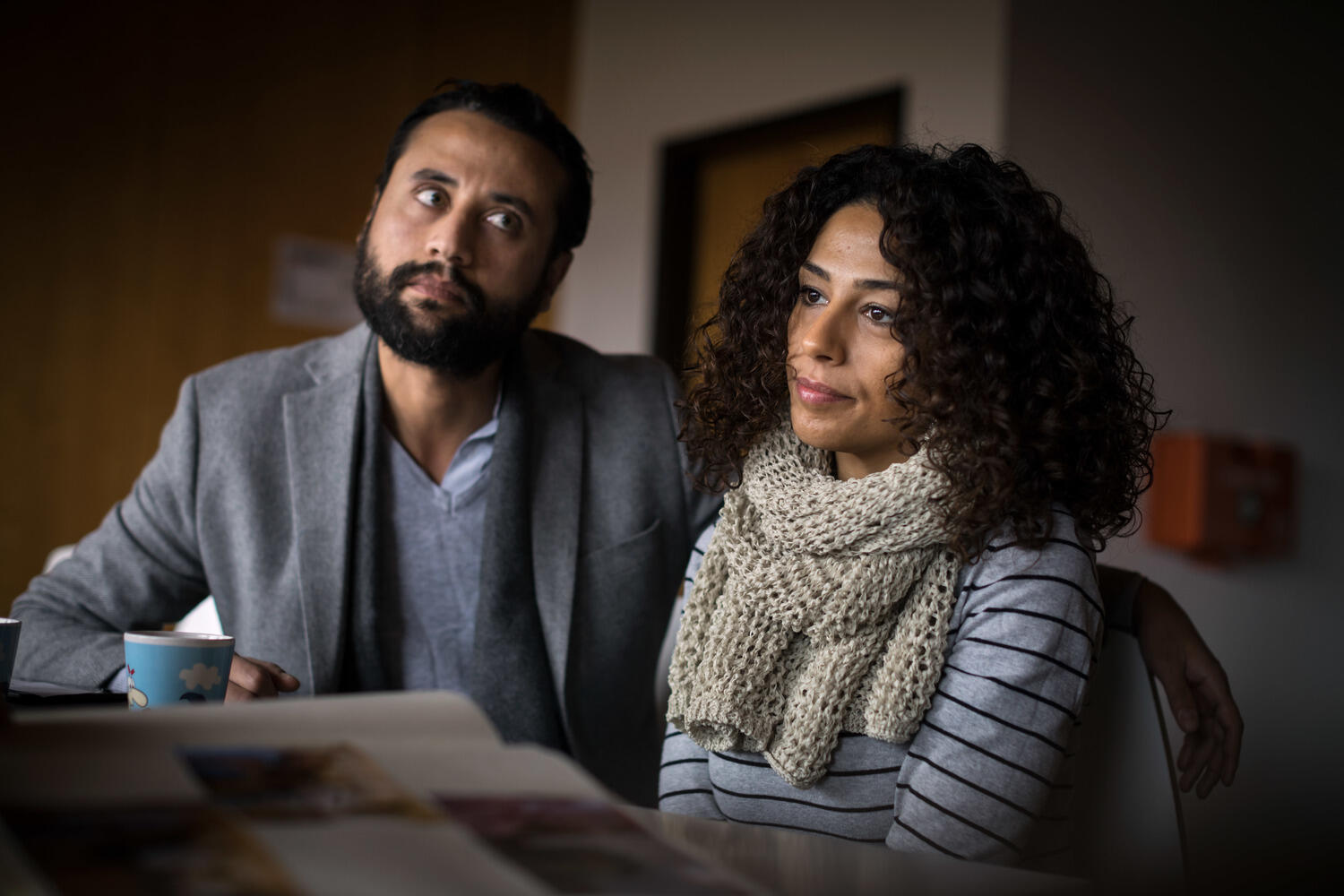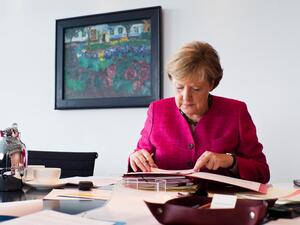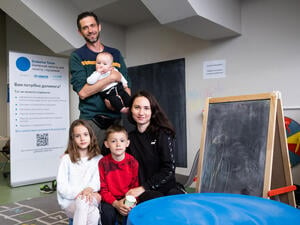Austrian bishop breaks down barriers and builds understanding

Austrian bishop breaks down barriers and builds understanding
A moral stand by a Catholic bishop, who refused to allow a border fence to keep out refugees to be built on church land, has helped to change Austrian government policy on border security.
“It is the direct assignment of our Lord to help those in need,” says Bishop Ägidius Zsifkovics of Eisenstadt, in the Burgenland region bordering Hungary.
His tone of compassion has encouraged hundreds of lay volunteers to help asylum seekers and put the rural region on the map when it comes to integrating refugees.
Mohammad Reza Eslami came from Iran with his wife Mozhgan and twin daughters Nikta and Niousha, 15.
They arrived before the fence plan was proposed. “We want to stay here, it’s beautiful,” Mohammad says.
“We want to stay here, it’s beautiful."
After the refugee crisis of 2015, the Austrian authorities considered erecting a fence but now instead, at one village, there will be a crowd control barrier, leading to a police container, and the army will be deployed where necessary.
Bishop Zsifkovics says he had no objection to the revised scheme. “Every state has the right to protect its borders.”
In an interview in Vienna, the bishop, whose Croatian forebears fled the Ottomans five centuries ago, explained why he was horrified at the idea of a fence for Burgenland.
“I grew up here, with the Iron Curtain, and experienced the humiliations at the border crossing, together with my grandfather. He was a wine dealer, who sold wine to Hungarian clients.”
When the government first put forward its fence plan, three out of 20 local landowners, including the church, refused to cooperate. The bishop met Austrian Interior Minister Wolfgang Sobotka to explain his position.
“The government was not amused,” he says. “But the discussion was over when I made clear there would be no fence on church ground as long as I am Bishop of Eisenstadt.”
The cleric has also won over his parishioners, some of whom were fearful when, in autumn 2015, they saw 200,000 refugees crossing the border from Hungary.
“They were coming over the border on foot,” the bishop says. "Some of our old people were frightened. They said ‘the Russians are coming’. Fear is not a good teacher.”
Overcoming the fear, the charity Caritas swung into action, recruiting hundreds of volunteers. Most of the refugees moved on, but the Eisenstadt diocese gave temporary shelter to 1,000 people and is now helping to integrate more than 500 who have chosen to stay and make new lives in the flat, winegrowing borderlands.
“We were planning to go to Germany,” says Jaodat Akraa, 21, from Aleppo. “But we met such nice people from the church that we decided to stay here instead. This was the first place that gave us a welcome.”
"This was the first place that gave us a welcome.”
The Akraa family – mother, father and three children – are accommodated in the village of Pöttsching in an apartment that used to be the police station. Jaodat does manual work for the community, while also commuting to Vienna to study at the Technical University. His sister Rand, 20, who already qualified in Syria, works at the local kindergarten.
Kingsley Okonweze, 25, and Amen Goody Saint Paul, 23, from Nigeria are teaching sports to handicapped people in a Caritas-run home for the disabled in the village of Wimpassing an der Leitha.
“Our home needed some new faces,” says manager Christina Schaffler. “The visits from Kingsley and Goody are interesting and fun.”
The young men, both Christian, say they fled Nigeria for religious and political reasons. They believe they are doing something useful while waiting for a response to their asylum applications. “I like this field of sports therapy,” Kingsley says. “I want to finish my education, get a job and have a family here.”
In Haus Klara, a former monastery that is now a home for refugees in the village of Forchtenstein, Afghan and Austrian women knit together, while enjoying tea and cakes at a 'craft café'.
“I want to finish my education, get a job and have a family here.”
Afghans usually have to wait longer than Syrians for asylum decisions, says manager Nicole Bogner. “We try to give them little cleaning jobs in the house, for pocket money, and they are keen to do this, just to be occupied.”
Meanwhile, Rula Aborashed, 39, and her husband Amjad Ibraheem, 31, both Palestinians from Syria, dramatized the story of Ali Baba and the 40 Thieves at a fairy tale festival that was shown on local television earlier this year.
Rula and Amjad, who live in Haus Franziskus in Eisenstadt, had a difficult journey from Syria. They passed through territory held by the militant Jabhat al-Nusra Front and were shot at by the Turkish army. They dream of holding Austrian passports and making Burgenland their home.
Burgenland has seen waves of refugees before – Hungarians, who came after Soviet tanks crushed their uprising in 1956, and East Germans, who left their country in 1989.
The latest new arrivals have come from farther afield and from different cultures. “But,” says Bishop Zsifkovics, “after the initial reaction of ‘who are they?’ most of our people have shown a generous attitude and there has been help and acceptance for refugees in this part of Austria.”

